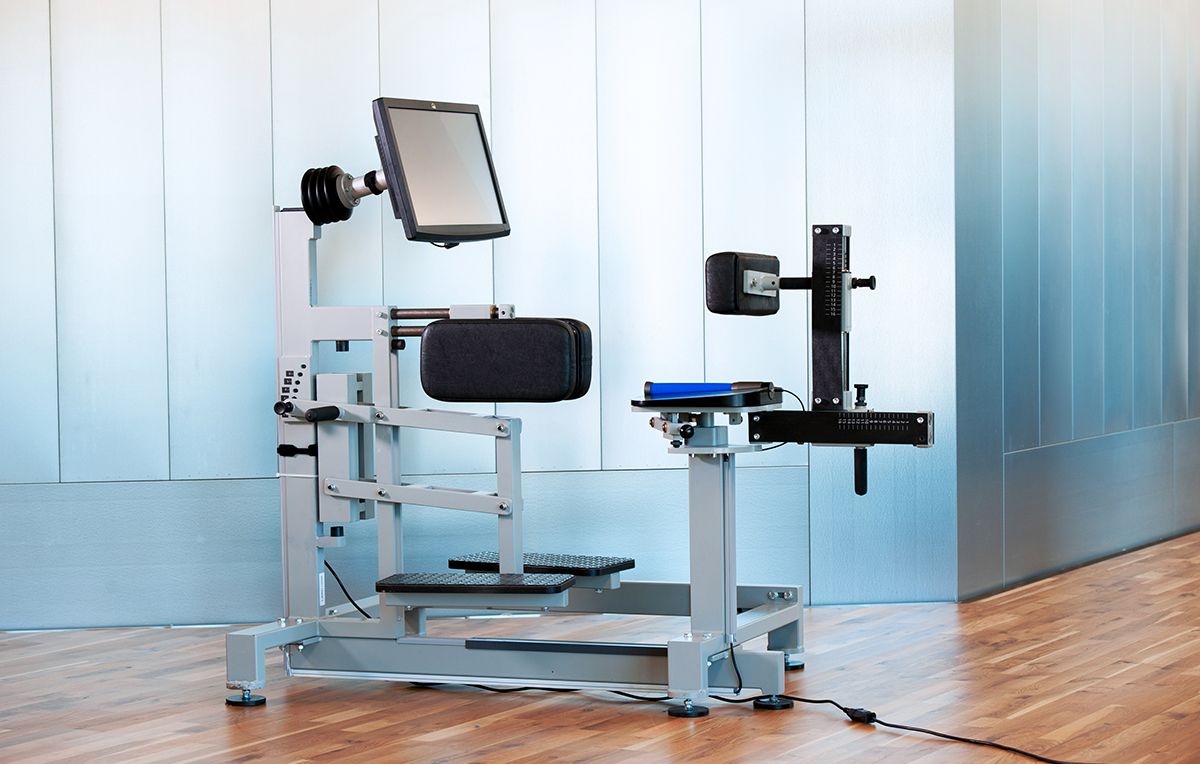Like a woven wicker basket, longitudinal and transverse muscles in three layers form the base for the pelvis and abdominal organs. The pubic bone, pubic branches, ischial tuberosity, tailbone and sacrum are the clearly palpable boundaries of the pelvic floor. The urethra and rectum pass through two gaps, and in women, the vagina passes through a third gap.
Pregnancy and childbirth, as well as hormonal fluctuations, place a particularly heavy strain on a woman's pelvic floor. In men, the frequency of pelvic floor problems increases with age or after prostate surgery. Prolonged sitting and standing also have a negative effect on the pelvic floor. And being overweight, heavy lifting and carrying, or general connective tissue weakness can also impair the function of the muscles.






